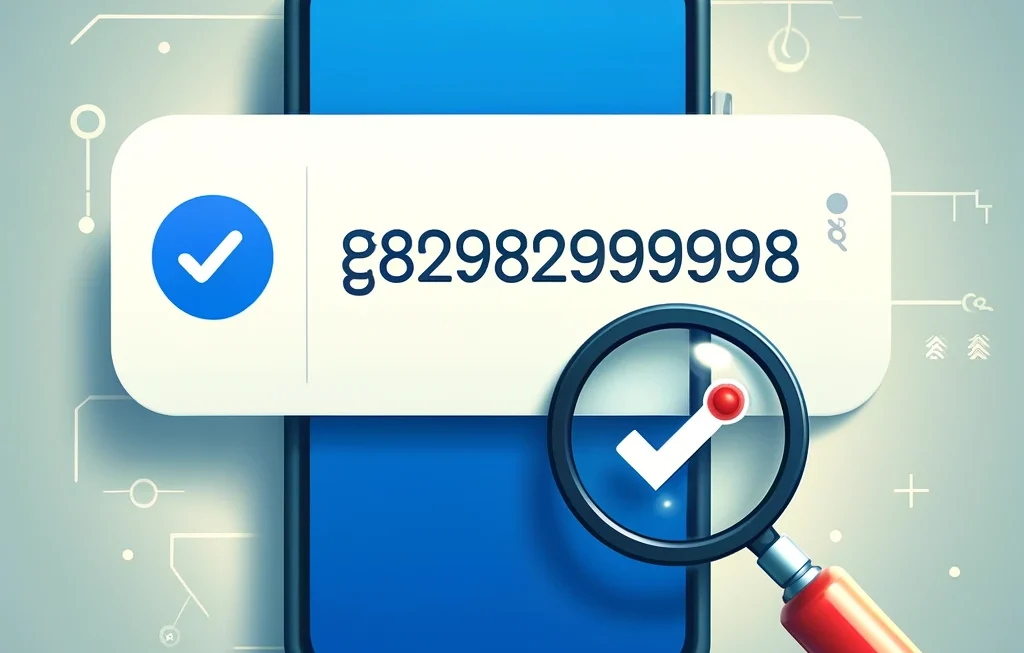In the digital age, safeguarding online accounts is paramount. Enter SMS one-time passwords: a simple yet effective security measure. By receiving unique codes via text, users experience a seamless login process while keeping their accounts secure from unauthorized access. This method offers a stark contrast to traditional static passwords, adding an extra layer of protection against cyber threats and identity theft. Stay ahead of potential breaches with the convenience and reliability of SMS one-time passwords.
Understanding SMS OTP
Basics Explained
SMS One-Time Password (OTP) is a secure 2-factor authentication method that enhances account security. It involves sending a unique code to a user's mobile number for identity confirmation. The significance of SMS OTP lies in its ability to prevent unauthorized access and protect sensitive information.
How It Works
When a user initiates an action that requires authentication, a unique code is sent to their registered mobile number via SMS. This code is valid for a limited time, typically ranging from a few minutes to an hour, adding an extra layer of security. Users have the option to request a new SMS OTP if the previous one expires or becomes invalid.
Popularity Insights
-
Global Adoption: SMS OTP has gained widespread acceptance globally due to its simplicity and effectiveness in enhancing security measures.
-
UK Usage: In the United Kingdom, SMS OTP is extensively used across various sectors, including banking, e-commerce, and healthcare, showcasing its versatility and reliability.
-
Enterprise Security: The adoption of SMS OTP by enterprises has significantly increased due to its role in safeguarding confidential data and mitigating cyber threats effectively.
Setting Up SMS OTP
Implementation Steps
Organizations have two options to deploy SMS OTP services: building a custom system or using off-the-shelf solutions. Custom systems offer more control and customization but require significant development time and resources. On the other hand, off-the-shelf solutions provide quick deployment with pre-built features.
When comparing building a custom system to using off-the-shelf solutions, organizations must consider factors like cost, time, and security. Custom systems are tailored to specific needs but can be costly and time-consuming. Off-the-shelf solutions are cost-effective and quick to implement but may lack certain customization options.
Off-the-shelf solutions stand out for their speed of deployment. Organizations can quickly set up SMS OTP services without the need for extensive development or testing. This rapid implementation ensures that security measures are in place promptly, enhancing overall data protection.
Platform Integration
Integrating SMS OTP into various platforms is a straightforward process that enhances security across different services. The flexibility of SMS OTP integration allows organizations to secure a wide range of platforms, including websites, mobile applications, and online accounts.
SMS OTP integration offers organizations the flexibility to secure diverse services such as banking apps, e-commerce platforms, and customer portals. By incorporating SMS OTP into these platforms, organizations add an extra layer of security, safeguarding sensitive data and transactions.
Platforms where SMS OTP integration is common include popular online services like Google, Facebook, and Microsoft. These platforms utilize SMS OTP as part of their multi-factor authentication process, ensuring that users' accounts are well-protected from unauthorized access.
Validity Period Explained
Time Frame Details
An SMS one-time password (OTP) typically remains valid for a short duration, usually around 5 to 10 minutes. Users must promptly enter the code upon receipt to ensure its effectiveness.
Timely code entry is crucial as SMS OTP codes expire quickly, enhancing security by minimizing the window for potential misuse. Delays in receiving SMS messages can significantly impact the validity of the code.
Usage Guidelines
Users should utilize SMS OTP for verification purposes when setting up new accounts or accessing sensitive information. It serves as an additional layer of security to authenticate user identity.
SMS OTP becomes essential in scenarios requiring secure transactions, account recovery, or password resets. Its usage helps prevent unauthorized access and protects personal data from potential breaches.
-
Best practices include keeping devices secure, ensuring a stable network connection, and promptly entering the received OTP codes.
-
Users must refrain from sharing SMS OTP codes with anyone and avoid storing them where unauthorized individuals may access them.
Security Concerns Highlighted
Common Risks
Sensitive data transmission through SMS OTP poses security concerns due to potential vulnerabilities in the mobile network routing protocol. Organizations are wary of relying solely on SMS OTP for verification, fearing breaches.
Fraudsters exploit weaknesses in mobile networks, intercepting SMS codes meant for authentication schemes. This raises alarms among organizations regarding the protection of sensitive data and the reliability of SMS OTP.
-
Vulnerabilities in mobile network routing
-
Interception of SMS codes by fraudsters
-
Organizations' worries about data protection and authentication reliability
SMS Pumping Threat
SMS pumping emerges as a novel threat to SMS OTP security, where fraudsters manipulate mobile billing systems to generate revenue. Developers must proactively combat this threat by implementing robust detection mechanisms.
Developers face the challenge of preventing fraudsters from exploiting SMS revenue mechanisms through unauthorized activities. The rise of SMS pumping underscores the importance of continuous monitoring and swift action against fraudulent practices.
-
Definition of SMS pumping as a new threat
-
Risks associated with fraudsters exploiting revenue mechanisms
-
Emphasis on detecting and preventing SMS pumping attacks
Best Practices for Secure Usage
Enhancing Security
To enhance the security of SMS one-time passwords (OTPs), regularly update devices and applications. Implement multi-factor authentication for an added layer of security. Utilize time-sensitive OTPs to reduce exposure to potential threats. Monitor SMS OTP delivery times to detect any anomalies promptly.
Organizations should educate users on identifying phishing attempts and the importance of not sharing OTP codes. Implement end-to-end encryption for SMS communications to safeguard sensitive information. Regularly audit and review security measures to stay ahead of emerging threats.
Avoiding Common Mistakes
Common mistakes when using SMS OTPs include storing codes in easily accessible locations or failing to delete them promptly. Users often mistype codes due to rushing or distractions; hence, it's crucial to enter codes accurately. Organizations should encourage users to enable biometric authentication alongside SMS OTPs for added security.
To avoid errors, double-check entered codes before submission and ensure a stable network connection during code retrieval. Organizations must conduct regular cybersecurity training sessions to raise awareness about the significance of secure OTP practices. Emphasize the risks associated with static passwords compared to time-sensitive SMS OTPs.
Summary
You now have a solid grasp of SMS one-time passwords (OTPs), from their setup and validity periods to security concerns and best practices. By understanding how to use SMS OTPs securely, you can enhance the protection of your online accounts and sensitive information. Remember to implement the recommended security measures and regularly review your practices to stay ahead of potential threats.
Incorporate these best practices into your daily online routines to safeguard your data effectively. Stay vigilant, update your security settings, and be proactive in managing your online accounts. By prioritizing security and following the guidelines outlined in this article, you can significantly reduce the risk of unauthorized access and protect your valuable information. Keep your online presence safe by implementing these strategies consistently.
Frequently Asked Questions
What is SMS OTP?
SMS OTP stands for Short Message Service One-Time Password. It is a security feature that sends a unique password to a user's mobile phone for one-time use, adding an extra layer of security to the authentication process.
How do I set up SMS OTP?
To set up SMS OTP, navigate to your account settings, select the option for two-factor authentication, choose SMS OTP as the preferred method, and follow the on-screen instructions to link your phone number with your account.
What is the validity period of an SMS OTP?
The validity period of an SMS OTP typically ranges from 5 to 10 minutes. After this time frame, the password expires for security reasons. It is crucial to enter the OTP promptly within this timeframe to complete the verification process successfully.
What are some security concerns related to SMS OTP?
Security concerns with SMS OTP include interception of messages, SIM swapping attacks, and phishing attempts. Hackers may exploit vulnerabilities in the SMS system to gain unauthorized access. Employing additional security measures like biometric authentication can enhance protection against such threats.
What are some best practices for secure usage of SMS OTP?
Best practices for secure usage of SMS OTP include never sharing your password with anyone, enabling encryption on your device, updating your software regularly, being cautious of phishing attempts, and using strong and unique passwords for all accounts. These practices help safeguard your sensitive information from potential breaches.

